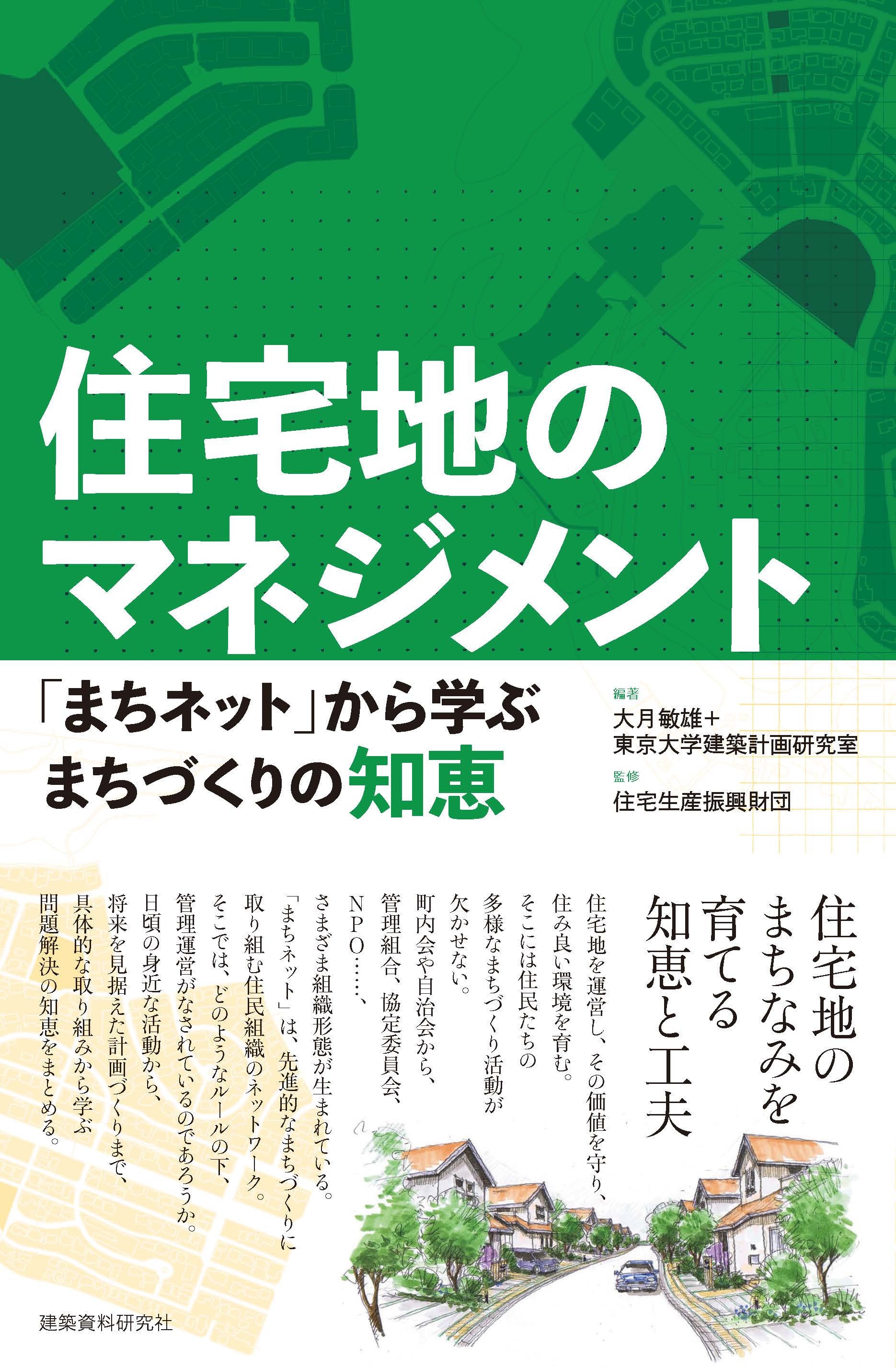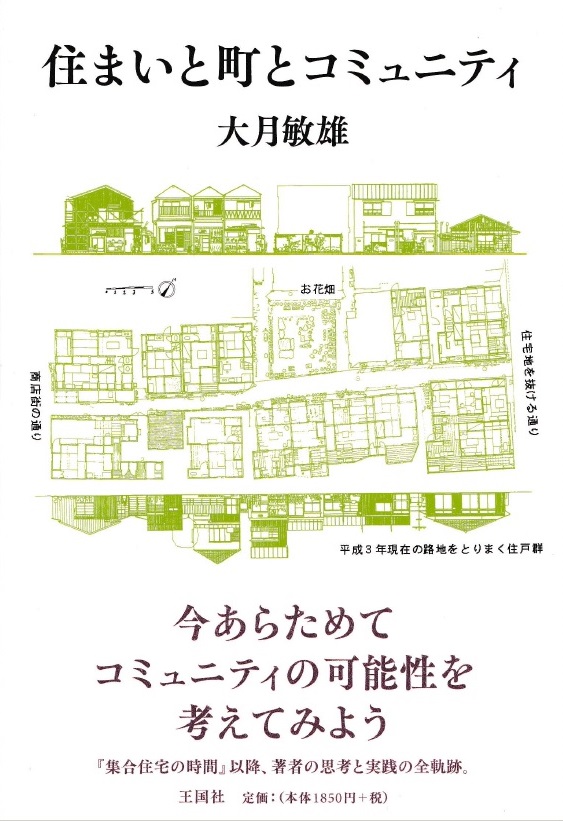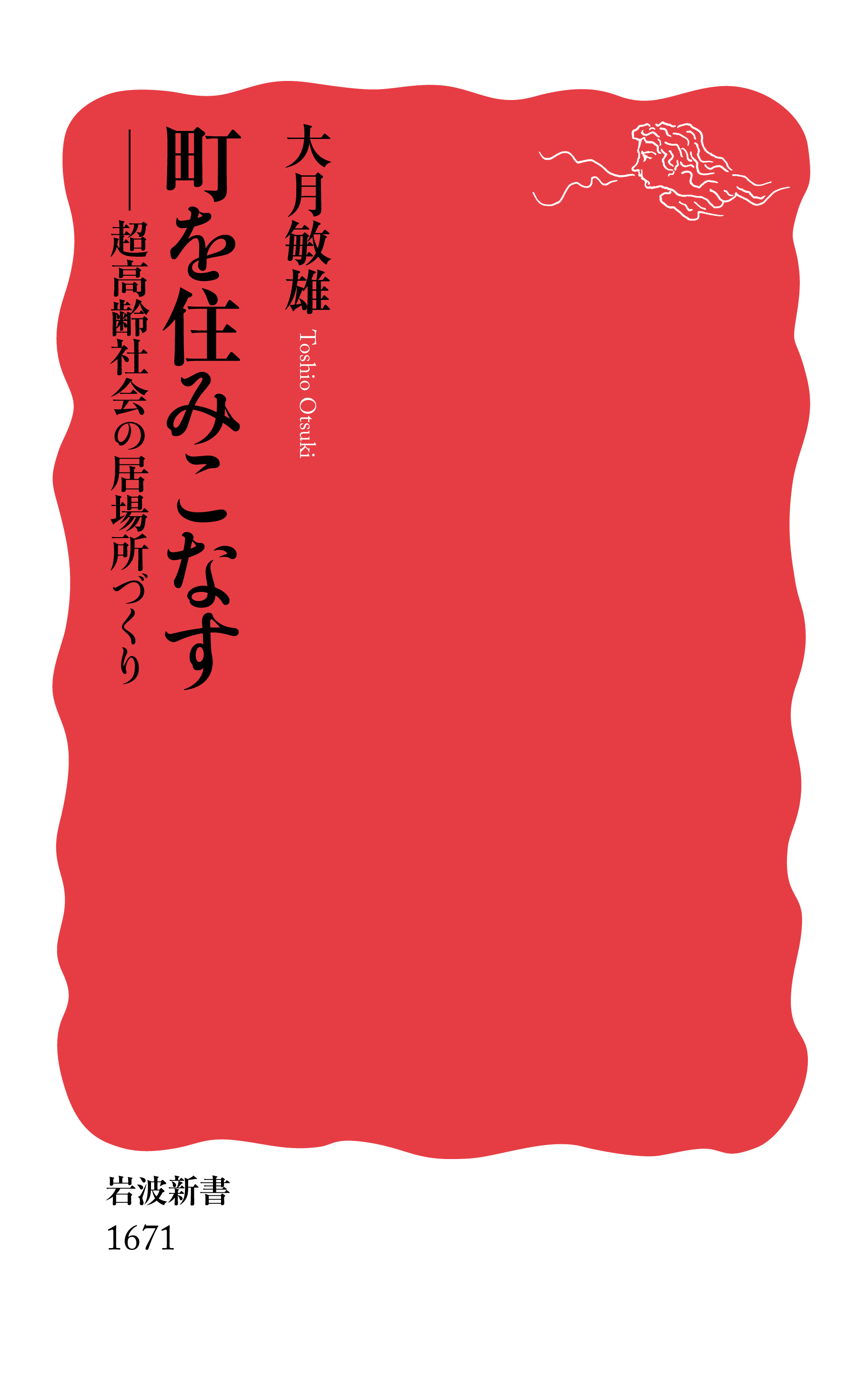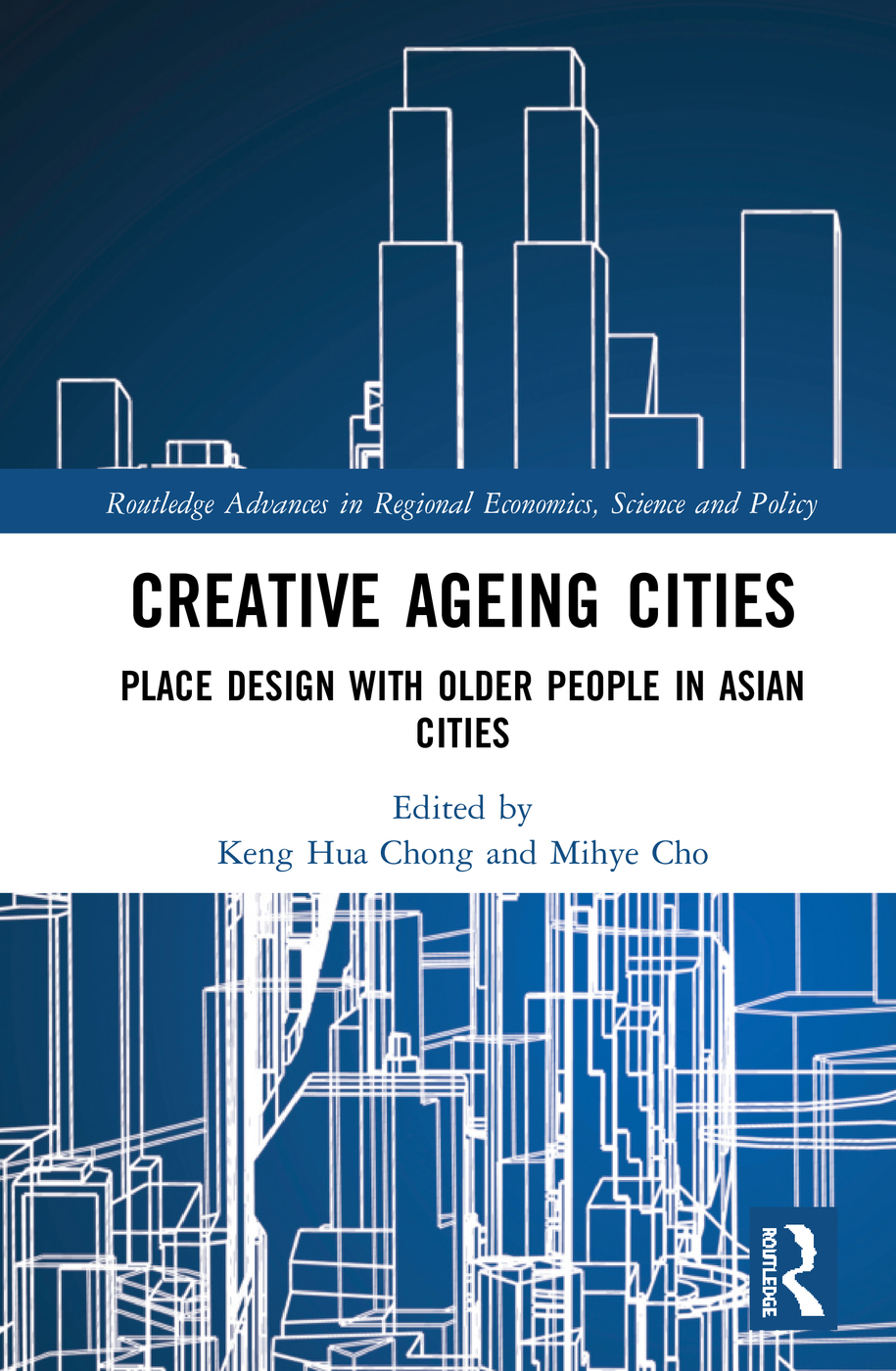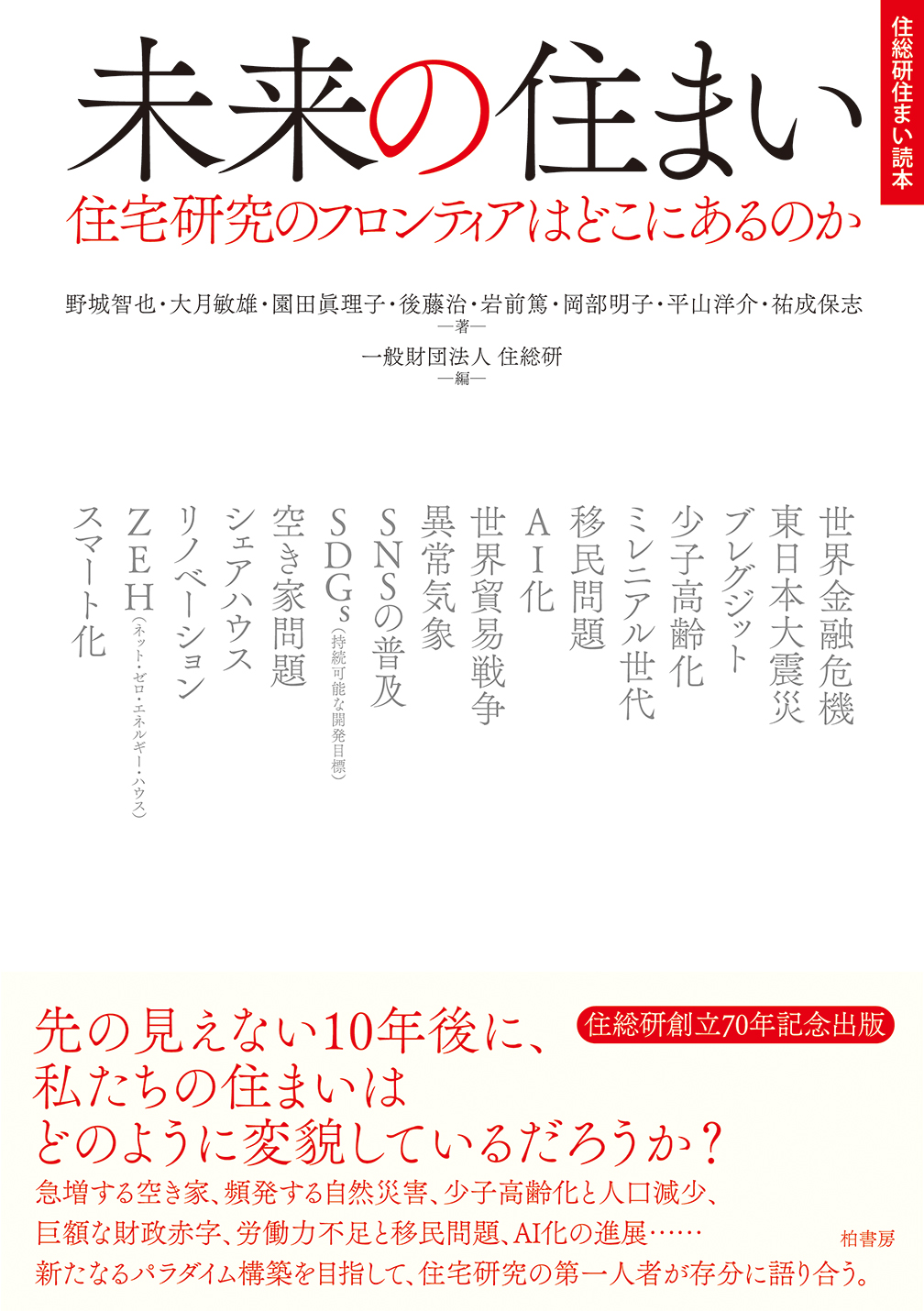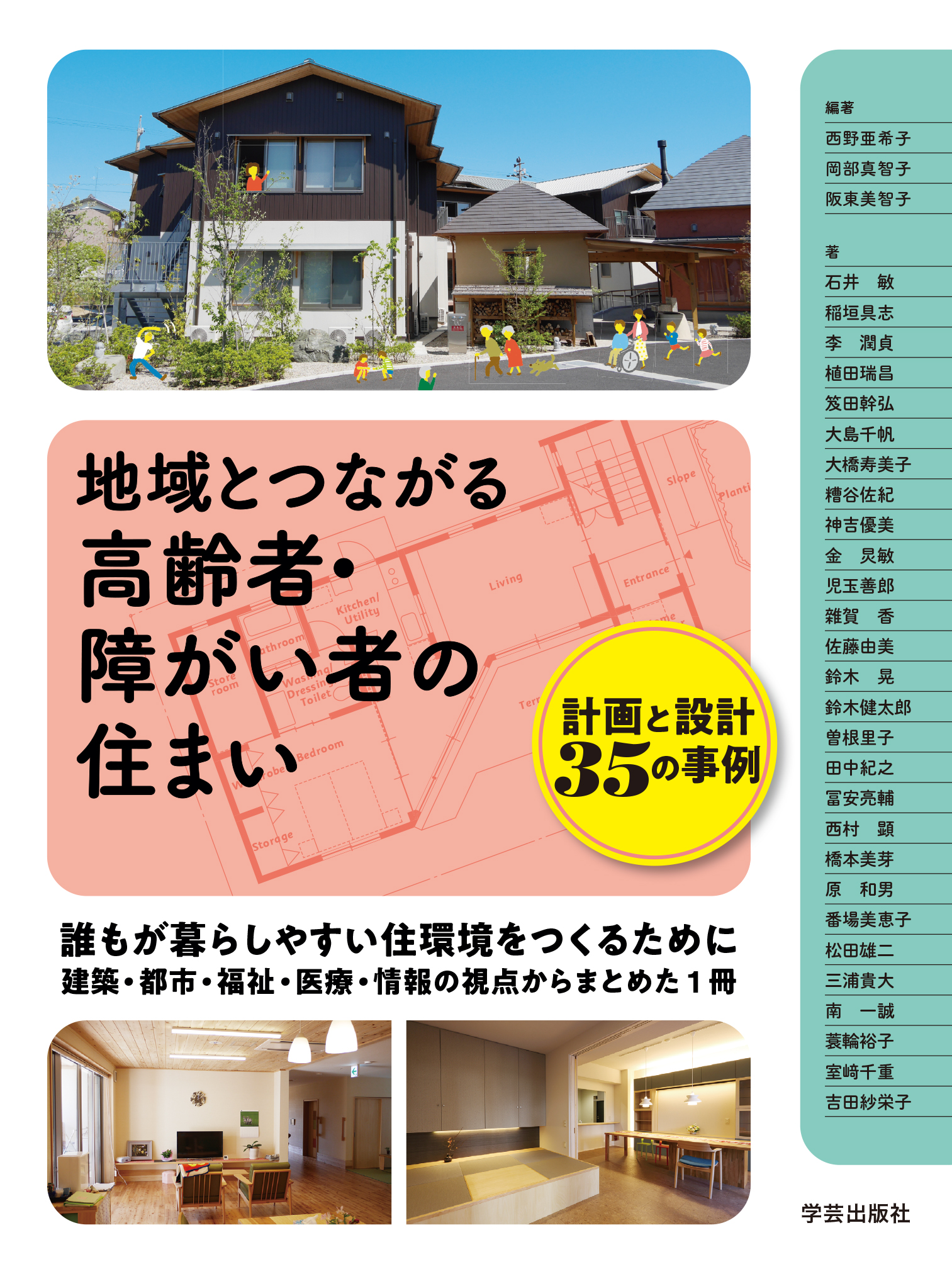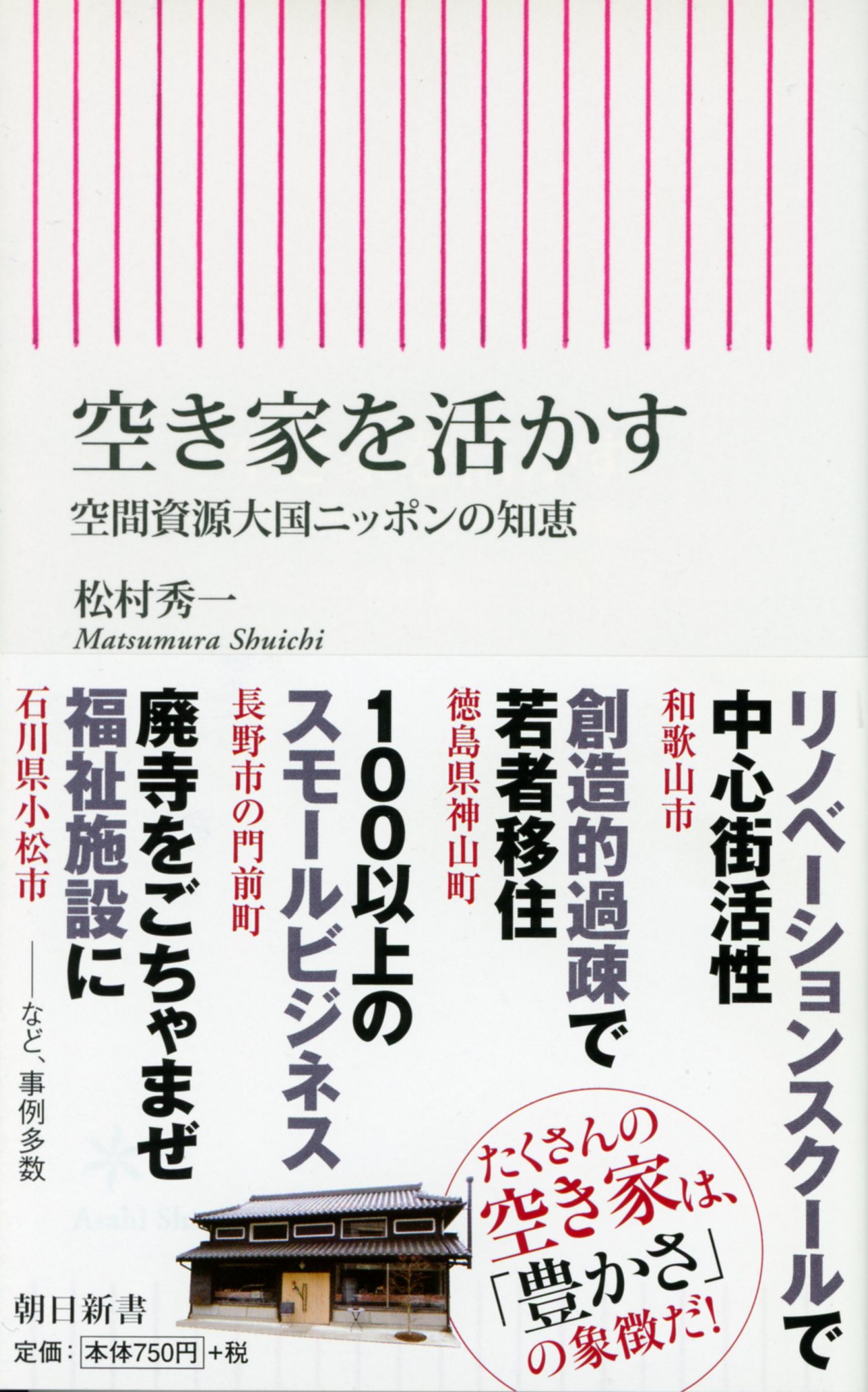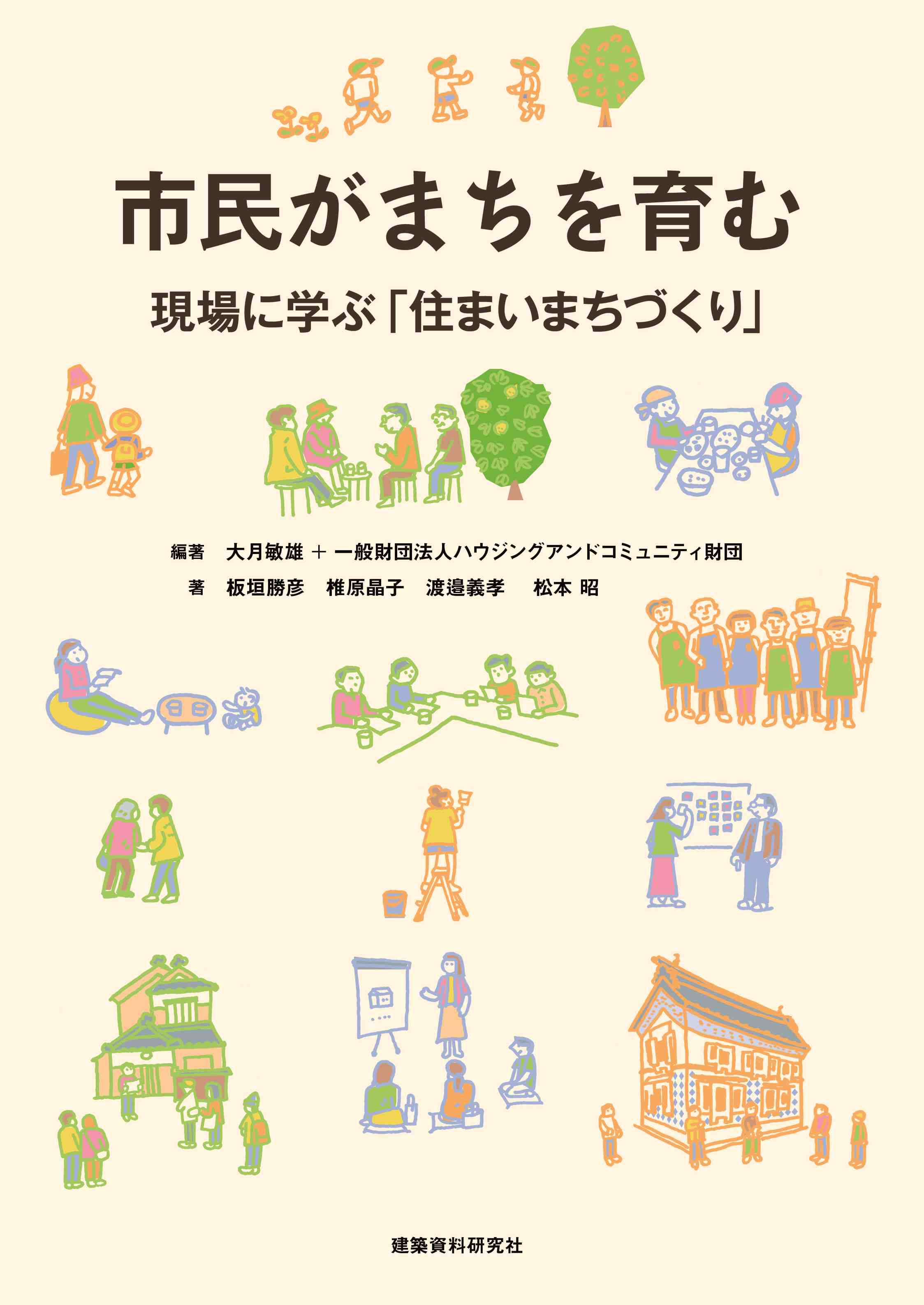
Title
Shimin ga Machi wo Hagukumu (Towns Nurtured by the Citizen – “Housing and Town-Making” Learning from the Field)
Size
296 pages, B5 format
Language
Japanese
Released
September 30, 2022
ISBN
9784863588240
Published by
Kenchiku Shiryo Kenkyusha
Book Info
See Book Availability at Library
The Housing and Community Foundation is listed as the editor of this book along with me. Since its establishment in 1992, this foundation has consistently subsidized citizens' community and housing development activities. Over the past 30 years, it has supported 440 organizations, and its total support-related disbursement amounts to approximately 350 million yen.
In 2017, the foundation launched a new field of grant activities under the “Housing and Town-Making Grant Program.” Its purpose has been to promote housing-focused activities as comprising a specialized field among various other community development activities. To this end, a housing and town-making research and study committee was launched in 2017. I chaired the committee and participated in report writing and editing alongside other committee members over a five-year period.
What is the field of “Housing and Town-Making”? The housing field encompasses materials, structures, the air and energy environments, housing styles, and even lifestyle. At the University of Tokyo, this field centers around the Department of Architecture in the Faculty of Engineering, but it is also closely related to urban engineering and sociology. The field of "Town-Making" aims to improve the overall value of the lives of people who reside in community spaces of a certain size; therefore, it incorporates legal land use regulations, urban development investment, and infrastructure construction, as well as community formation, industrial development, social development, and problem solving within the local community. At the University of Tokyo, this area is related to the Departments of Urban Engineering, Infrastructural Engineering, Economics, and Sociology.
In recent years, however, dealing with housing in isolation has become difficult. A prime example is the vacant house problem. When many houses in an area are vacant, the high prevalence of non-occupancy causes community development issues that precipitate the decline of the entire area. When considering town-making, having a strategy regarding how each house should be used is crucial. The increasing incidence of social problems that cannot be solved by continuing to consider the categories of “housing” and "town-making" separately is the reason the unified field of housing and town-making has come to be recognized.
Section 1 of this book provides up-to-date fundamental information that the public should have when undertaking housing and town-making activities, and Section 2 presents 15 case studies that can be used as references.
(Written by OTSUKI Toshio, Professor, School of Engineering / 2025)
Related Info
The 21st Japan NPO Research Association Special Selection Committee Award (Japan NPO Research Association 2023)
https://janpora.org/award/shohyou21.html



 Find a book
Find a book


